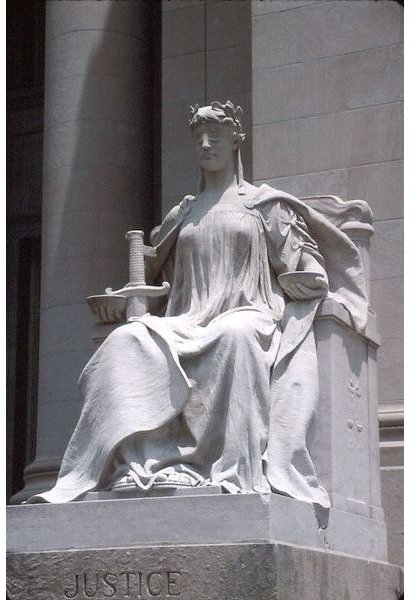How DNA Fingerprinting Can Solve Crimes: DNA Fingerprinting History and Technology
DNA Fingerprinting History
The scientific revolution that was ushered in by the thorough probing of the cell has spawned many new disciplines and applications. As DNA began to give up the secrets of its structure, one man - Sir Alec Jeffreys - realised that the molecule of life could be used to identify individuals.
DNA is a code of essentially four letters - A,C, T and G; these are the four nucleotide bases. The chemical structure of everyone’s DNA is essentially the same, all that is different is the arrangement of these four letters. Everyone’s sequence of letters is unique, so DNA fingerprinting provides a very useful way of identifying individuals. However, there are more than 3 billion base pairs in each body so the task of looking for meaningful differences would be onerous indeed. However, Sir Alec Jeffreys provided a short cut, and it’s based on the fact that there are a number of highly repetitive sequences that vary among individuals. When two samples are compared DNA technology is able to tell whether they are from the same person, related people or complete strangers.
Initially, the reaction from some in the police was one of scepticism, but the power of the technology soon became obvious and today genetics is commonly used in forensics all over the world.
Developments in DNA Fingerprinting Process
The technology has moved on so far that it’s possible to catch a criminal from a relative’s DNA. Sometimes the DNA of a suspect has been left at a crime scene, but police have been unable to find a match in their computer databases. However, on searching through their computers they’ve found DNA that was similar to the crime scene sample.
Relatives contain more similarities in their genetic make up than do complete strangers and a close enough match can result in a criminal being found. The technique has been used successfully to solve a number of cases, and some of those have been cold for many years.
DNA Fingerprinting and Civil Liberties
The area is not without controversy. In the UK for example anyone arrested of what is called a recordable offence has a sample of their DNA placed on the National DNA Database. It stays there indefinitely - regardless of whether the person is acquitted or convicted. It means that there are many innocent people who have their samples on it. When the DNA database went live in 1995, only the profiles of convicted felons could be retained. If a person was subsequently found to be innocent or the case was not pursued, samples were destroyed. This is now not the case. It means that the UK National DNA Database is the largest of its kind anywhere in the world, with more than 4 million samples on its files - that represents more than 5% of the population. And it’s growing every day.
Civil liberties organisations argue that regarding innocent people, this is an invasion of privacy and that the state should not have this biological material. Some proponents believe that everyone’s DNA should be on the database as it can speed up the crime detecting process. (So would bugging every telephone). They view this surrender of personal information as a small price to pay for a safer society. Then there are those who balk at the very idea of the police having access to this kind of information. They cite cases where officers have been found to have planted evidence or broken the rules to try and convict someone. They fear that the police could willingly or indirectly misuse the information.
It’s also worth remembering that no technology is faultless. It is not beyond the imagination of a criminal to leave someone else’s DNA at a crime scene, sending police down a blind alley, but also putting innocent people at risk of being charged.
The Future of DNA Fingerprinting
Technology could make DNA fingerprinting process an even more powerful technology. Though in the realms of science fiction now, it might be possible one day for police to be able to determine how a person looks from just their DNA sample. They could pick up DNA from crime scene and work out the facial features, hair and eye colour of the suspect.
